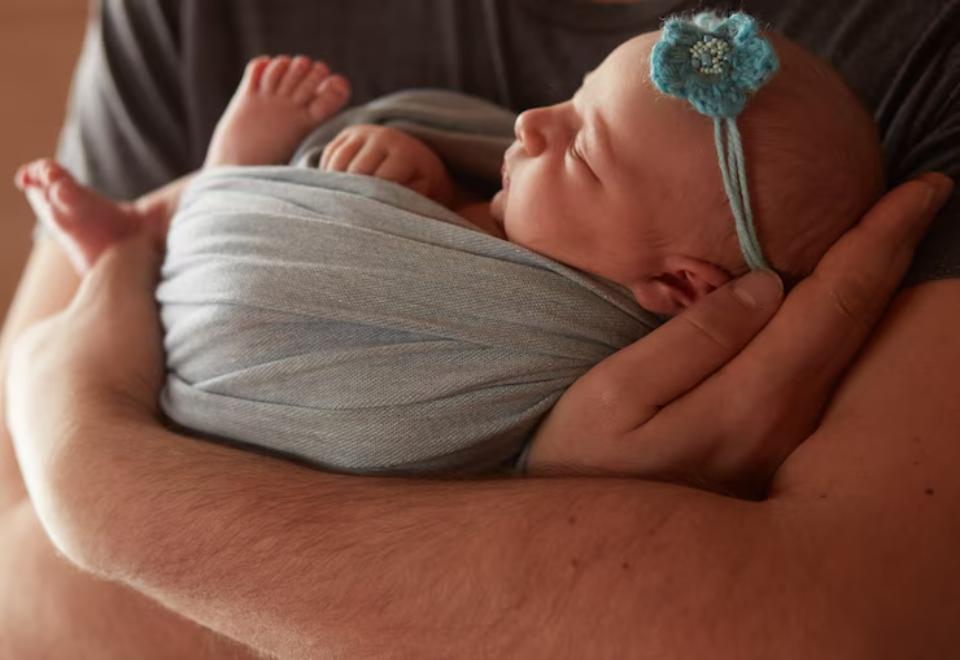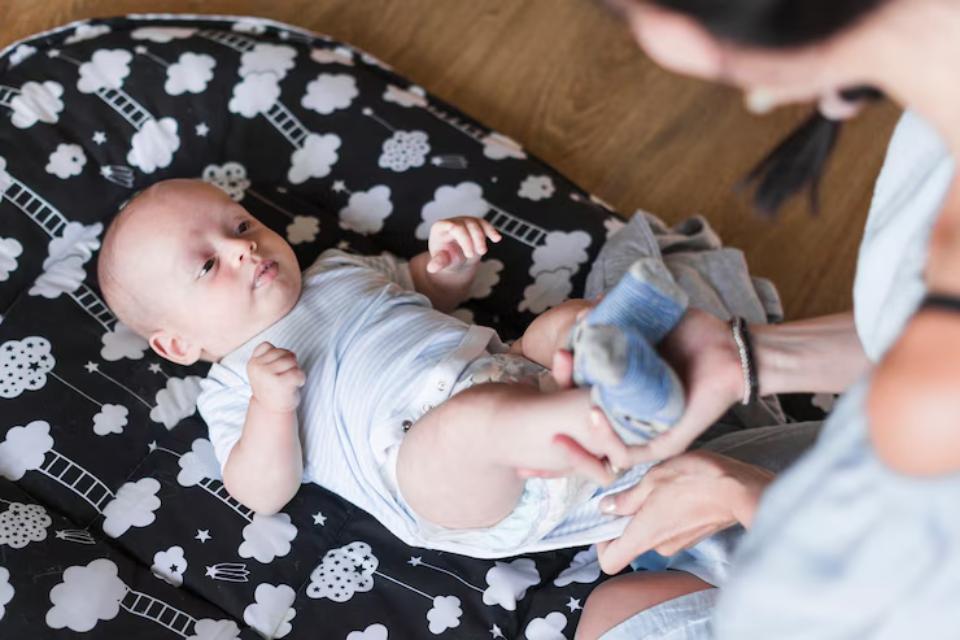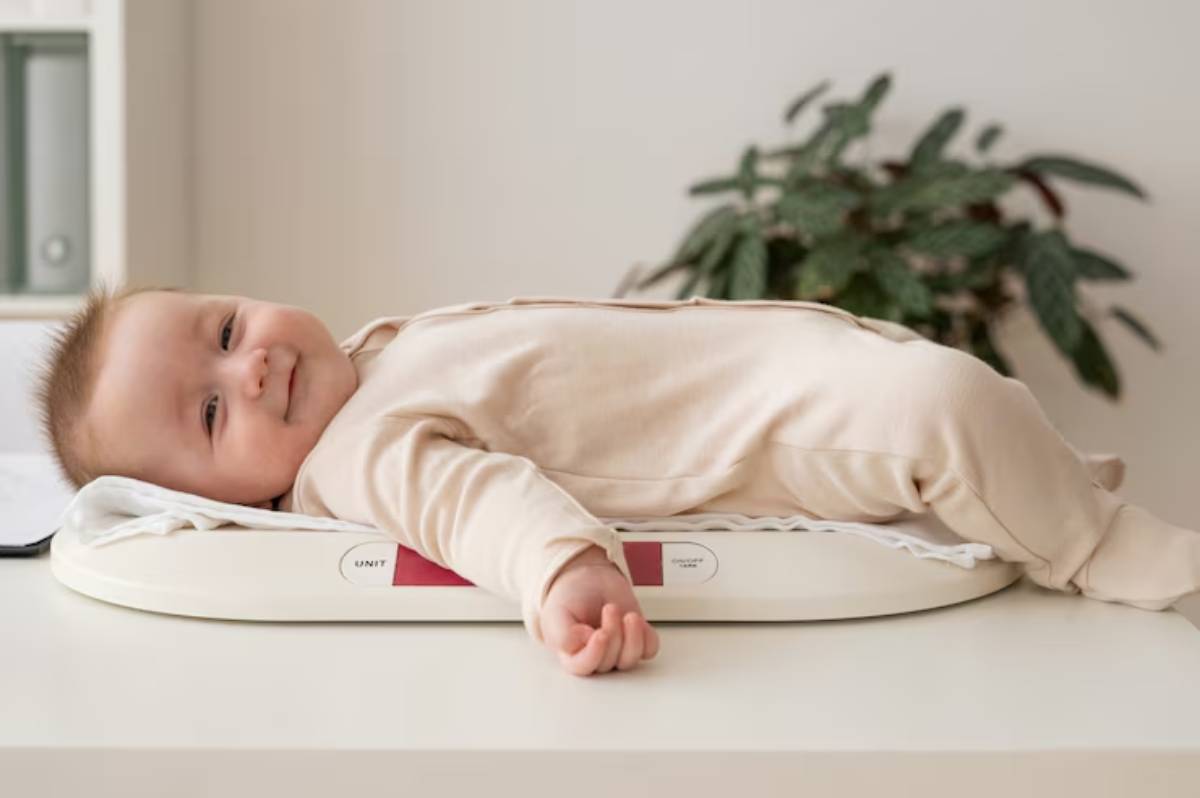
Safe Swaddling Techniques That Promote Better Sleep
Ever wrapped your baby in a swaddle only to find them wriggling out moments later? Or wondered whether swaddling is still safe in today’s parenting landscape? You’re not alone. Swaddling has been used for centuries to calm babies and encourage sleep, but like all things baby-related, technique and timing matter.
Done correctly, swaddling can help your baby feel secure, prevent startle reflex wake-ups, and ease the transition from womb to world. Done incorrectly, however, it may pose risks or simply not work at all.
In this guide, we’ll walk you through baby swaddle techniques that are both effective and safe. We’ll explore newborn swaddling tips, when and how to transition out of swaddling, and how to ensure you’re using a sleep-safe swaddle that supports rest without compromising safety.
Whether you’re a first-time parent or just trying to improve nap time, this article is packed with expert guidance and real-world reassurance to help you swaddle confidently.
Why Swaddling Helps Newborns Sleep
The Fourth Trimester Effect
The first few months after birth — often referred to as the “fourth trimester” — are a time of huge adjustment. Your baby is used to the snug, rhythmic, muffled world of the womb. Swaddling recreates that sense of security, helping your newborn feel safe, calm, and sleepy.
Startle Reflex Explained
Swaddling also helps manage the Moro reflex — that jerky movement where your baby’s arms flail as though they’re falling. This reflex is completely normal but can disrupt sleep if not managed, especially in the early weeks.
Swaddling gently limits limb movement, helping babies stay asleep longer between feeds.
The Benefits of a Sleep-Safe Swaddle

When done properly, swaddling offers a number of sleep-promoting benefits:
- Improved sleep duration and quality
- Reduced crying and fussiness
- Lower risk of babies scratching themselves
- Smoother transition to a cot or crib
- More consistent nap and bedtime routines
Importantly, a sleep-safe swaddle follows guidelines that prevent overheating, suffocation, or restricted hip movement — all of which we’ll cover below.
Safety First: What You Need to Know Before Swaddling
Key Safety Guidelines
The NHS and The Lullaby Trust advise the following precautions:
- Always place your baby on their back to sleep
- Use a lightweight, breathable fabric
- Ensure the swaddle is snug around the torso but loose around the hips
- Stop swaddling as soon as the baby starts to roll
Swaddling should never restrict breathing or hip movement. Swaddles that are too tight or made from non-breathable materials can increase the risk of overheating and hip dysplasia.
How to Swaddle Your Baby: Step-by-Step Guide
The Traditional Square Blanket Method
What you’ll need:
A lightweight, square cotton or muslin blanket (approx. 40×40 inches)
Steps:
- Lay the blanket flat in a diamond shape with one corner pointing up.
- Fold the top corner down about 6 inches to form a straight edge.
- Place the baby face-up, with their shoulders just below the fold.
- Wrap the left corner over the baby’s torso, tucking it under their right arm and back.
- Bring up the bottom corner over baby’s feet, tucking it loosely under the chin or side.
- Wrap the right corner over the left side and tuck it underneath your baby’s back.
Ensure it’s snug but not tight, especially around the hips. Their legs should be able to bend and move freely.
Modern Alternatives: Swaddle Products That Make It Easier
If folding isn’t your thing, you’re not alone. Many parents prefer ready-made swaddle sacks or wraps with zippers, Velcro, or snaps for simplicity and consistency.
Popular Options Include:
- SwaddleMe Original Wrap
- Love to Dream Swaddle UP (arms-up position)
- Halo SleepSack Swaddle
These often come with tog ratings (thermal insulation), helping you choose appropriately for your room temperature.
Curious about other sleep aids that can complement swaddling? Explore our list of baby sleep tools like blackout curtains and white noise.
When to Stop Swaddling
Swaddling is not a long-term solution. You’ll need to transition away from swaddling when your baby starts showing signs of rolling, which can happen as early as 8 weeks for some babies.
Continuing to swaddle after this point increases the risk of SIDS (Sudden Infant Death Syndrome) if your baby rolls onto their stomach while swaddled.
Signs It’s Time to Stop
- The baby begins to roll or attempts to roll
- Baby consistently escapes the swaddle
- The baby seems frustrated by the arm restriction
- Sleep worsens or becomes disrupted
How to Transition Out of the Swaddle
This stage can be nerve-wracking, especially if your baby sleeps well while swaddled. Transitioning doesn’t have to mean immediate chaos.
Gentle Weaning Techniques
- Swaddle with one arm out for 3–5 nights
- Switch to both arms out
- Move to a sleep sack or wearable blanket
Sleep sacks allow your baby to stay warm and secure while gaining freedom of movement, helping with self-soothing and safety as they grow.
For guidance on improving sleep without swaddling, our article on creating a consistent bedtime routine for newborns is a great next step.
Real-Life Story: Lucas and the Arms-Out Switch
Emma, mum to 3-month-old Lucas, was hesitant to stop swaddling when he started rolling to his side. At first, she tried keeping him in the swaddle, thinking he’d sleep longer — but it became clear it was time for a change.
Emma began by swaddling with one arm out. Lucas startled awake a few times, but by the third night, he started adjusting. A week later, he was in a full sleep sack, arms free, and still napping beautifully.
What helped? Consistency and patience — and a calm, dark room that encouraged deeper sleep without extra stimulation.
Common Swaddling Mistakes (And How to Avoid Them)
1. Swaddling Too Tightly
Tight swaddling can affect hip development and restrict breathing. Keep it snug across the chest, but loose around the hips and legs.
2. Overheating the Baby
Use lightweight, breathable fabrics and avoid extra layers. If your baby feels sweaty or hot at the back of their neck, they’re likely too warm.
3. Swaddling Past the Rolling Stage

Once your baby shows signs of rolling, swaddling becomes unsafe. Move to a transition product like a sleep sack instead.
4. Incorrect Swaddle Positioning
Avoid wrapping over the baby’s face or using bulky materials that can ride up during sleep.
The Gentle Power of a Well-Timed Swaddle
Swaddling can feel like a magic trick when it works — and a confusing riddle when it doesn’t. But once you understand the how, when, and why, it becomes a powerful sleep tool during the earliest, often most exhausting, weeks of parenthood.
By choosing a sleep-safe swaddle, applying the right technique, and paying attention to your baby’s cues, you can create a restful, womb-like environment that encourages calm and longer stretches of sleep.
Just remember — swaddling is only a short chapter in your baby’s sleep story. Use it wisely, transition safely, and know that better sleep is possible with a little knowledge and a lot of love.
Tried swaddling or considering it? Share your experiences or questions in the comments, and don’t forget to subscribe for more newborn sleep tips and evidence-based parenting insights.


